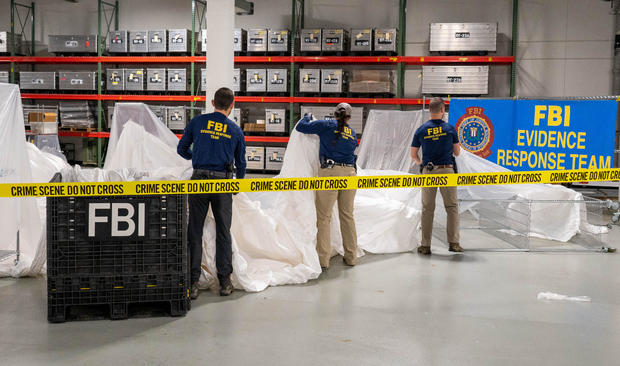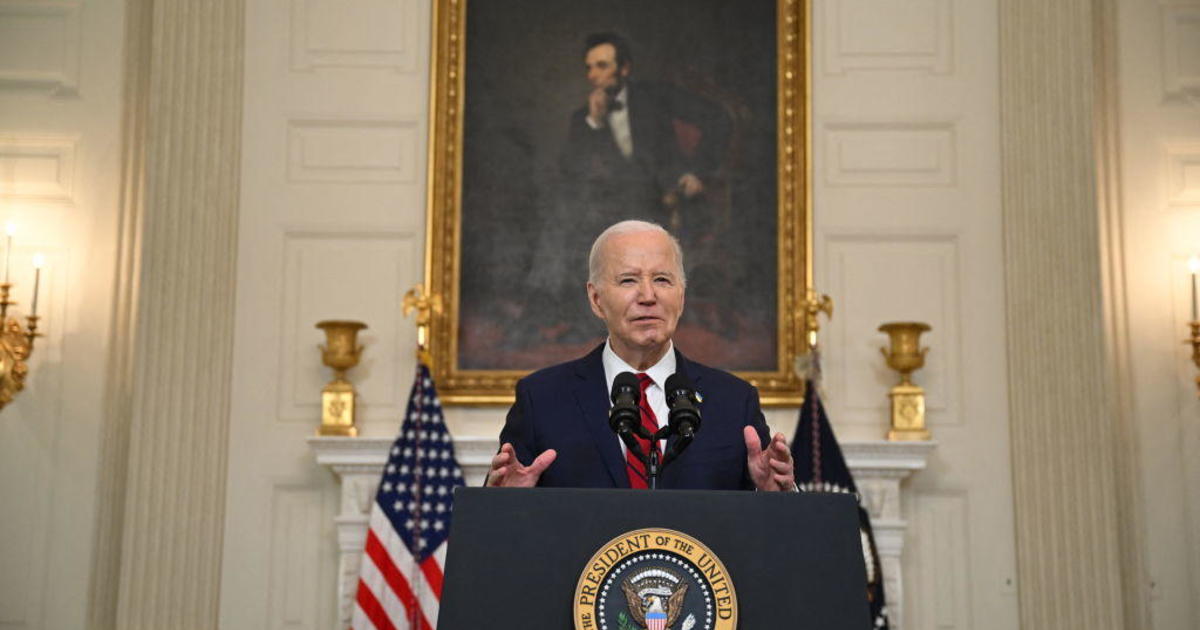Military commander tells Senate panel on Chinese spy balloon: "We think before we shoot"
The U.S. military decided not to shoot down a Chinese spy balloon over Alaska because the recovery of the downed balloon would have been much riskier, defense officials told a Senate panel on Thursday.
The Biden administration has faced intense criticism over its decision to allow the surveillance balloon to transit over the U.S. for nearly a week before it was shot down in the Atlantic Ocean near the South Carolina coast. Administration officials have said that decision was made because of the risk to civilians on the ground. But lawmakers, who have become increasingly frustrated over the decision, have questioned why it couldn't have been brought when it was over water on Alaska's coast.
"A key piece of this is the recovery. For us to be able to exploit and understand this balloon and its capabilities fully, if we had taken it down over the state of Alaska … it would have been a very different recovery operation," assistant Defense Secretary Melissa Dalton testified at a Senate Appropriations Subcommittee on Defense hearing.
Conditions off Alaska's Aleutian Islands are "very dangerous" compared to those on the coast of South Carolina because the water depths in the Bering Sea quickly plunge from 150 feet to 18,000 feet, winter water temperatures are in the low 30s and the some parts are covered in ice, Dalton said.
"A key part of the calculus for this operation was the ability to salvage, understand and exploit the capabilities of the high-altitude ballon," Dalton said, noting that she would share more with senators in a classified hearing.
But Sen. Lisa Murkowski of Alaska expressed frustration with the Pentagon that the balloon was not shot down sooner. She said her state is the "first line of defense for America" and "the message to China is we've got free range in Alaska."
If the balloon was brought down over land, the debris could have covered a 20-mile-by-20-mile space, said Lt. Gen. Douglas Sims, the director for operations of the Joint Staff.
"Although Alaska is in places not as inhabited as other places, it is inhabited. … And without being able to clear that — we wouldn't do that in combat," Sims told senators.
"We think before we shoot. And in this case, we thought before we shot," Sims said later. "Once you shoot, you can't take it back."
The U.S. is continuing to collect debris from the ocean nearly a week after the balloon was shot down. Senior FBI officials familiar with the operation said bad weather could extend the collection process. The Navy has weighted down debris still on the ocean floor to prevent it from being moved by the rough seas, a U.S. official said.
A U.S. official said underwater pictures of the debris field show the wreckage remarkably intact given its fall from 60,000 feet.
Much of the most fruitful and substantial pieces of evidence remain deep underwater, the FBI officials said. The FBI's lab in Quantico has received the balloon's canopy, wires and other electronic components that were collected from the water surface.
Robert Legare and David Martin contributed reporting.




